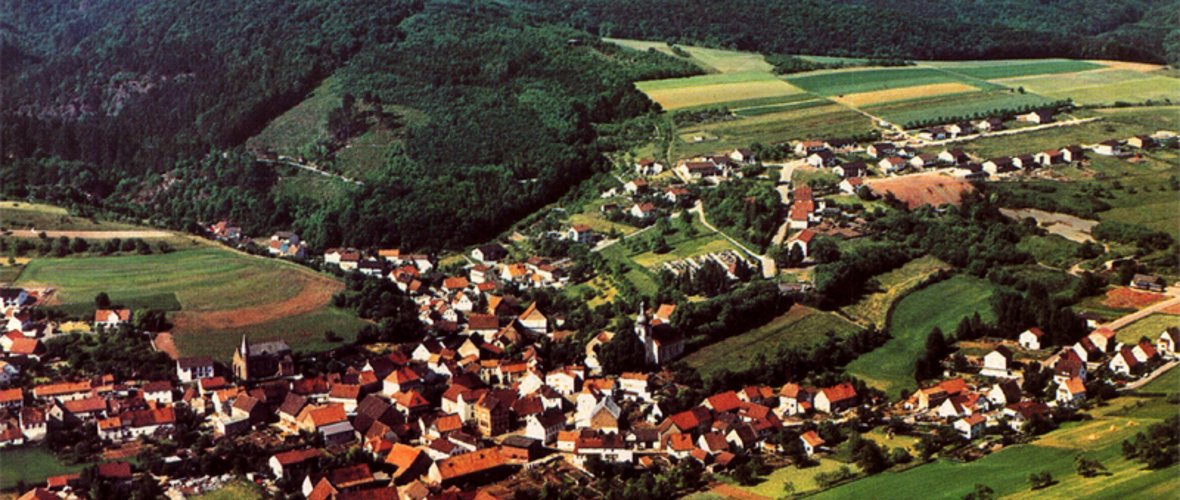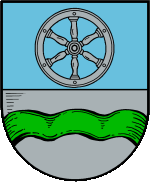History
The development of a mining village...

Imsbach has a rich history, with mining running like a common thread through all eras, which was probably the reason for Imsbach's development. In earlier centuries, it played a major role in shaping the people living here, the townscape and the village district.
Archaeological finds bear witness to the settlement of the Imsbach district since at least the Early Iron Age (800 - 400 BC), which lasted - possibly with interruptions - until around the middle of the 4th century AD. The reason for this was probably the ores available here, especially iron.
Today's Imsbach district first appears in documents in 1019. However, the village did not even exist at this time; it was a forest march belonging to "Albusheim-Sippersfeld", of which a boundary description is given in this document. The name "Unnesbahc" is mentioned in it for the first time.
However, there were probably small settlements in the area of this forest marsh, which were connected with the mining that is said to have been carried out here by Prüm Abbey since the 9th century.
It was only in the course of the 11th century, or at the latest in the 12th century, that the settlement of Imsbach emerged from this settlement of the Waldmark, the eastern part of which belonged to Prüm Abbey in the Eifel and the western part to the Counts of Saarwerden. The Imsbach district therefore had two lords.
(All postcards courtesy of the collection of Stephan Schmitz)
In 1128, Imsbach came into the possession of the imperial ministerial family of the Bolanders, from which the Falkenstein and Hohenfels lines also emerged in the 13th century. In the famous fief books of Werner II von Bolanden (1190/94 to 1198), the village of Imsbach is mentioned for the first time in a document: as "Unnisbach", after "Unnesbahc", which was already mentioned in the document of 1019.
The name is possibly derived from the old German personal name Umin, meaning "stream of Umin". Over the centuries, this developed into the current village name (1220: Hunesbach; 1313: Unesbach; 1334, 1335: Unsbach; 1486: Umbsbach; 15th century: Vimbßbach; around 1600: Imschbach; 1726: Imbsbach; since 1824: Imsbach).
The division of the district meant that after the division of the House of Bolanden, the western part belonged to the Falkenstein line and the eastern part to the Hohenfels line. Although this was initially unproblematic, it led to ownership disputes until the first half of the 18th century, when in 1732 the Falkenstein counts once again became the lords of Imsbach and from 1736 onwards belonged to the Habsburg-Lorraine domain.
After the French occupation (1792 to 1813/14), Imsbach was part of the Rhine district of the Kingdom of Bavaria from 1817 to 1945.
After the end of the Second World War, this part of Bavaria was assigned to the then newly founded federal state of Rhineland-Palatinate. After several administrative area changes, the municipality of Imsbach is now part of the municipality of Winnweiler in the Donnersberg district.
